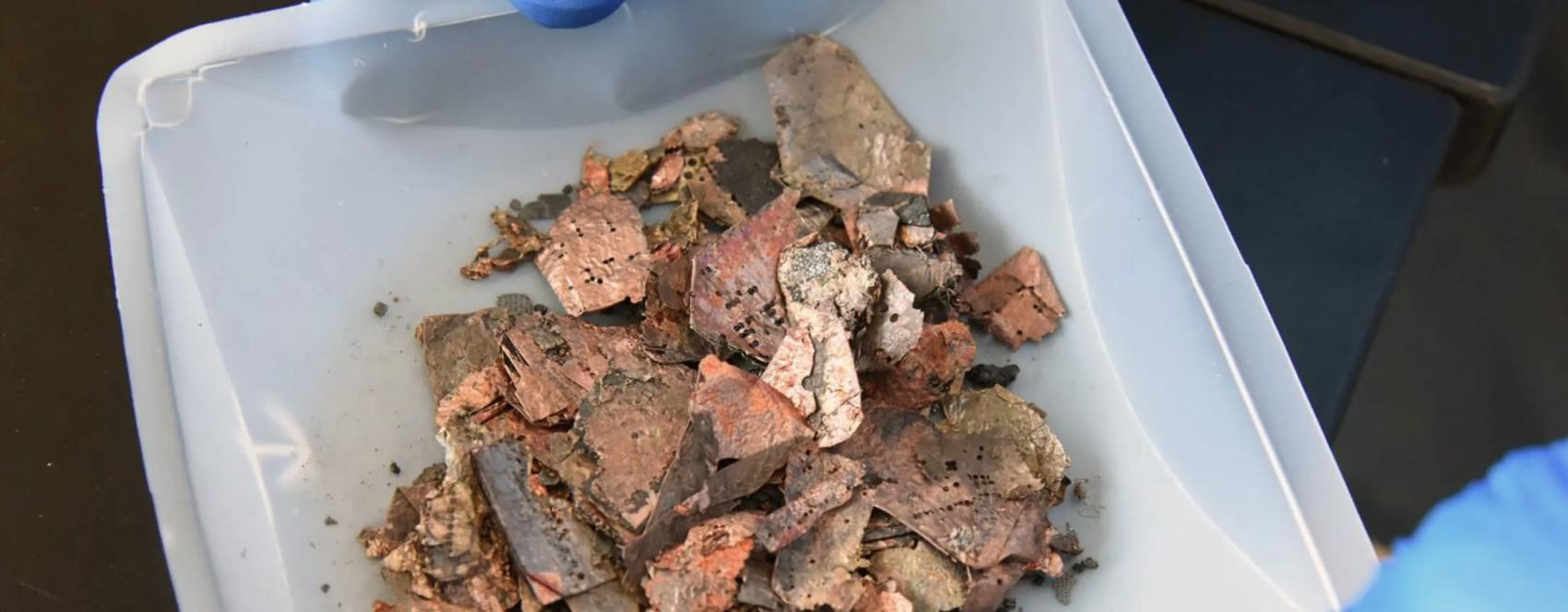
From CMI Team Member Idaho National Laboratory:
As they discard their cellphones, Americans are throwing away nearly $200 million in unrecovered gold every year, according to the U.S. Environmental Protection Agency. The problem until now has been a lack of affordable or environmentally friendly recycling options. An alternative, less toxic process developed at Idaho National Laboratory may offer a way to affordably recover precious metals from electronic devices, according to a recently published analysis.
In the journal Waste Management, INL researchers Luis Diaz-Aldana and Tedd Lister make a case that a process called Electrochemically Recycling Electronic Constituents of Value (E-RECOV) offers an economically competitive alternative to traditional smelting processes. The paper notes that for every dollar of capital investment, E-RECOV has the potential to process 2.9 kilograms of e-waste. Black copper smelting, a process used now, is capable of processing only 1.3 kg for every dollar of capital spent, the paper said.
The research was supported by the Critical Materials Institute (CMI), an Energy Innovation Hub funded by the U.S. Department of Energy Office of Energy Efficiency and Renewable Energy’s Advanced Manufacturing Office.
Read the entire article at the following link:
Sustainable e-recycling process economically competitive with current practices

